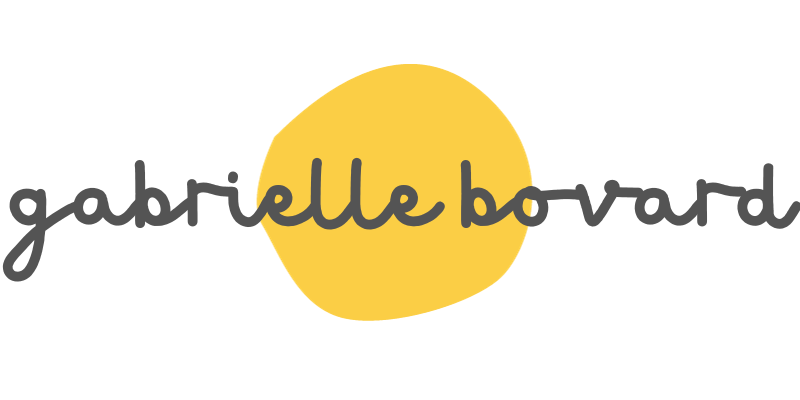
Accessible telehealth platform
Healthcare had a problem.
My client, one of the United States’ largest health insurance providers, had been tracking social determinants of health—things like access to transportation, healthy food, and social support. When members lack the ability to get to appointments, they are less likely to have favorable health outcomes.
Then, the COVID-19 pandemic happened. Suddenly, access to healthcare was a challenge for nearly every American. How do we provide access to quality healthcare for millions of Americans, considering varying levels of technical aptitude, during a global pandemic?
The solution
Enter telehealth. In the first three months of the pandemic, the use of telemedicine grew 766%. My client saw this as an opportunity.
Looking to increase access to providers for their millions of members, they wanted to build a proprietary telehealth platform. And fast. How can we create a HIPAA-compliant platform that brings providers to members, no matter their location, and help them to achieve their health goals?
As the sole user experience writer and content designer for this project, I was ready to triage, diagnose, and bring healing to healthcare.
Scope
Create a telehealth platform that meets two main goals:
Comply with HIPAA, Section 508, and WCAG mandates.
Enable providers to host online appointments with their patients.
Methods
Capture stakeholder goals.
Review user research conducted by a third party to develop typical user personas.
Collaborate with the UX design team to create iterative prototypes for usability testing and stakeholder approval.
Develop a minimum viable product utilizing an Agile workflow and launch it to a select market for testing.
Iterate through two-week sprints, announcing all new features, bug fixes, and enhancements through an in-application modal and release notes.
Craft a comprehensive knowledge base for provider and patient users.
Research
The telehealth platform needed to serve two primary user bases: providers and patients. I synthesized our research and created user avatars.
Providers
Doctors
Nurses
Nurse practitioners
Therapists
Office administrators (scheduling)
Attitudes
Facing burnout
Frustration with adopting another new technology
Desire to care for patients
Burdened with regulations and requirements
Patients
Low to high levels of education
Low to high income
Low to high computer literacy
Could include home health aides, advocates
Low to high English language abilities
Attitudes
Mistrust of technology
Eager for more convenient healthcare options
Frustrated with healthcare in general
Fearful of cost, quality of care
Presenting unwellness
Content strategy
I crafted a water-tight content governance plan that named roles and responsibilities related to creating, reviewing, publishing, and archiving content. This assured our stakeholders that all communication across the application was consistent, on-brand, legally-compliant, and thoroughly reviewed. To support my plan, I implemented a headless content management system (CMS). This decoupled our user-facing production environment from the strict content review process, ensuring that only reviewed content made its way to the user.
Further, this laid the foundation for my plan to build a comprehensive help center and knowledge base to address provider and patient questions quickly and thoroughly.
Content design
Recognizing that both providers and patients felt apprehensive, I proposed straightforward, minimal, and meaningful copy touchpoints. An anxious brain doesn’t process large bodies of information well. Concise, lean copy with simple, confident language serves both my client’s brand and our users’ needs.
Here’s what that looked like:
Reduced from a 6th- to 4th-grade reading level.
Presented one clear decision at a time.
Linked to the help center at every step.
Skimmable help center content with links to key pages within the application.
Emailed our patients and providers only when necessary for appointment reminders, cancellations, and critical updates.
Hot take: If you can’t tell me your mission in five words or less, your user has already hit the back button.
The human brain is wired to skim content. If yours isn’t clean, concise, and compelling, it isn’t getting seen.
User feedback
We secured the approval of our stakeholders. We launched an MVP. Did the users love it? Yes and no.
Raves:
Easy to sign up, build a practice
“Just right” timing and number of reminders
Clean and simple interface
Mobile and web functionality
Shallow learning curve
Rants:
Need more help with technical difficulties
Be device-specific in technical help (i.e. help with Mac vs. PC)
Patients want Spanish language translation
Providers want to store patient information in the application
Explain patient view to providers
…plus dozens of excellent feature requests!
Reflection
Bringing my client’s mission to life—making healthcare accessible for everyone—was more than a project. It was a calling. This project sharpened my understanding of how to design for disadvantaged populations. And it’s critically important. Imagine being someone who goes through life keenly aware that most digital experiences are not made for you. It wouldn’t make you excited to try new things, would it?
Universal design isn’t just ticking boxes to meet requirements. It’s making sure that great tools can be used by everyone, everywhere, at any time. As healthcare should be.


